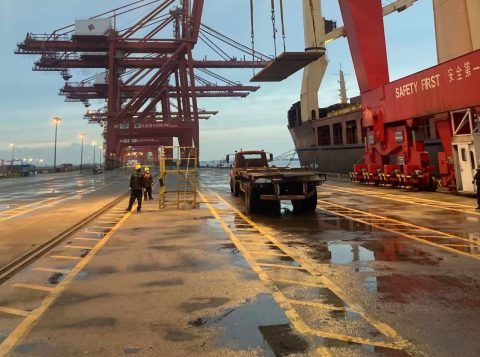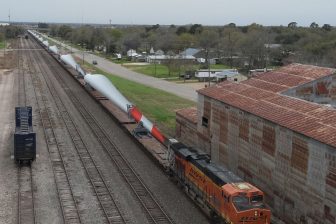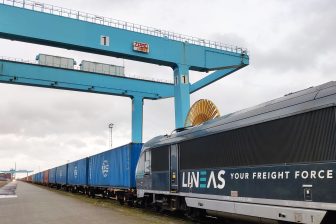
Hansa Meyer Global Transport 2,800 tonnes of steel
The Bremen branch of Hansa Meyer Global Transport handled the door-to-door transport of steel plates, weighing a total of 2,800 metric tonnes, from China to Germany.
The cargo consists of 262 individual steel plates, with the largest units weighing 40 metric tonnes each, and having dimensions of 8 metres by 3.3 metres by 0.25 metres. This cargo was shipped from the Port of Shanghai in the first half of October 2022, and the vessel is scheduled to arrive in the Port of Hamburg in mid-December 2022.
The door-to-door transportation scope includes pre-carriage from the Chinese supplier, to the port of loading in Shanghai, followed by main carriage by Breakbulk semi-liner service to Hamburg, and finally, on-carriage by rail to the cargo’s final destination in Erfurt, in central Germany.
Hansa Meyer Global opted for rail as the modality for on-carriage, as this would save 61 tons of CO2 emissions. Indeed, the company joined the UN Global Compact initiative in 2012 and has since been striving to decarbonise its operations. This is also in line with EU decarbonisation goals in the transport sector.
You just read one of our premium articles free of charge
Register now to keep reading premium articles.



